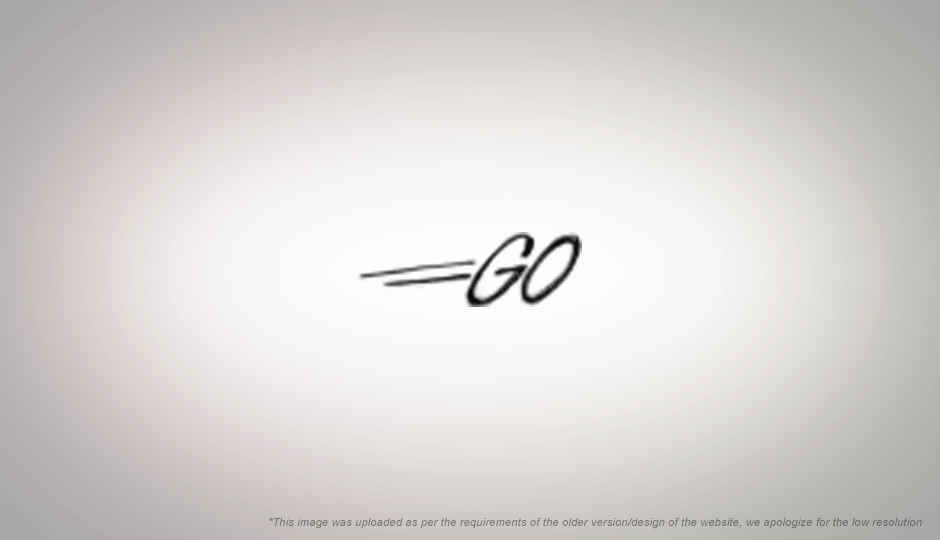Go: Google’s new open source programming language


 Survey
Survey
The Go language, in development since September 2007, has been unveiled by Google along with the release of a free and open source compiler. In fact, Google has released both a stand-along compiler implementation with cryptic names such as 6g (amd64 compiler), 8g (x86 compiler), and 5g (ARM compiler) and one which is a front-end for GCC (gccgo).
Born out of frustration with existing system languages, Go attempts to bring something new to the table, and mix the ease of dynamically typed and interpreted languages with the efficiency of compiled languages.
So why make a new programming language?
Google believes that the current languages have run their course. The prominent languages in use today (C/C , Java, C#) are all based around a similar syntax, and updating and adding new features in these language consists of piling on libraries, with little or no upgrade to the core of the language itself. What Google intends to do requires more than just the addition of a new library.
Hello World in Go
package mainimport "fmt"func main() { fmt.Printf("Hello, ??n")}
The landscape of computing has changed a lot since C, and as Google notes “Computers are enormously quicker but software development is not faster.” Languages have had to morph quite a bit to take on support concepts such as parallel processing, and garbage collection.
Go, on the other hand has been designed by Google from the ground up as “a concurrent, garbage-collected language with fast compilation”.
In order to not alienate the majority of developers though, its syntax is quite similar to C, and would not take much time for a developer to catch on to.
Go has accomplished some impressive feats. The language is designed to compile fast and Go can compile a “large” program in a few seconds on a single computer. It is designed to simplify the creation of application which can better utilize today’s multi-core processors. The language supports concurrent execution and communication between concurrent processes natively, and is fully-garbage collected.
Goroutines allowed are Google’s answer to threading in Go, and any function call which is preceded by the go statement runs in a different goroutine concurrently. A feature called channels allows for easy communication and synchronization between such routines.
Unlike other object oriented languages, Go has a much “simplified” type structure, which disallows sub-classing! Go offers a different flavour of object oriented programming using interfaces, which Google believes will simplify use.
By using interfaces, explicit type hierarchies need not be defined, instead, a type will satisfy all interfaces which are subsets of its methods. The relationships between types and interfaces need not be defined explicity! This can have some interesting implications as people can add interfaces to connect unrelated types even later in the development of an application.
Go seems inspired by Python as well. Python has been one of Google’s favoured languages and was the sole language supported on Google’s AppEngine when it launched. Like Python, Go supports “slices”, which allow you to refer to parts of arrays using a simple syntax. Thus for an array “a” with 100 elements, a[23,42] will result in an array with elements 23 through 42 of a. Go also tracks the length of arrays internally, further simplifying array usage. Additionally, Maps in Go allow you to create “arrays” with custom index types, and are a native feature of the language.
One consistent point in the features of Go is that it is better to have one excellent implementation of commonly used features such as garbage collection, strings, maps etc. rather than have them rethought and re-implemented in each program.
As nearly all Google products, Go is “beta” and not yet suitable for production use. By releasing it early Google hopes to garner a community around it and hopes that enough people will be interested in it to justify continued development.
Get out there and grab Go now! Like any Google product it has the capacity to become standard for the next generation.
Go Website (runs on the godocs server written in Go!)
Go tutorial
Go FAQ